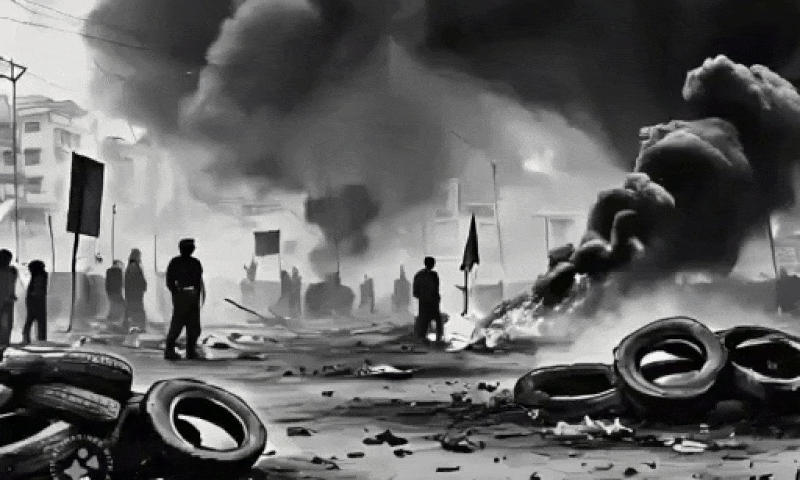BANGKOK: Temperature records are being toppled across Asia, from India’s summer to Australia’s winter, authorities said on Friday, in fresh evidence of the impact of climate change.
The sweltering temperatures match longstanding warnings from climate scientists and come as countries from Greece to Canada battle record heat and deadly wildfires.
In India, the world’s most populous country, officials said this August was the hottest and driest since national records began more than a century ago.
The month falls in the middle of India’s annual monsoon, which usually brings up to 80 percent of the country’s yearly rainfall.
Australia experiences warmest winter; India, Japan brave hottest summer
But despite heavy downpours that caused deadly floods in the country’s north earlier this month, overall rainfall has been far below average.
August saw an average of just 161.7 millimetres (6.4 inches), 30.1 mm lower than the previous August record in 2005, the India Meteorological Department (IMD) said.
That has left the country baking in unrelenting heat.
“The large rainfall deficiency and weak monsoon condition is the main reason,” the IMD said.
Authorities in Japan also said on Friday that the country had experienced its hottest summer since records began in 1898.
Temperatures from June to August were “considerably higher” than average across the north, east and west of the country, the weather agency said.
In many locations “not only maximum temperatures but also minimum temperatures” reached record highs, it added.
And in Australia this winter was the warmest on record, with an average temperature of 16.75 degrees Celsius for the season running from June to August.
That is a hair above a record set in 1996, and the highest average winter temperature since the country’s records began in 1910, the Bureau of Meteorology said.
‘More intense, more frequent’
Climate change has fuelled searing temperatures across the globe already this year, with July the hottest month ever recorded on Earth.
Scientists have long warned that climate change produces heatwaves that are hotter, longer and more frequent. And the warming El Nino weather pattern could turbocharge the heat further, though its effects are likely to become more apparent later in the year as it strengthens.
Heatwaves are among the deadliest natural hazards, with hundreds of thousands of people dying from preventable heat-related causes each year.
In developed countries, adaptations including air conditioning can help mitigate the impact.
But even in wealthy Japan, authorities said at least 53 people died of heatstroke in July, with almost 50,000 needing emergency medical attention.
The effects of heat are unevenly distributed, with small children and the elderly less able to regulate their body temperatures and thus more vulnerable.
Those who have to work outside are also particularly at risk.
Published in Dawn, September 2nd, 2023
















































Dear visitor, the comments section is undergoing an overhaul and will return soon.